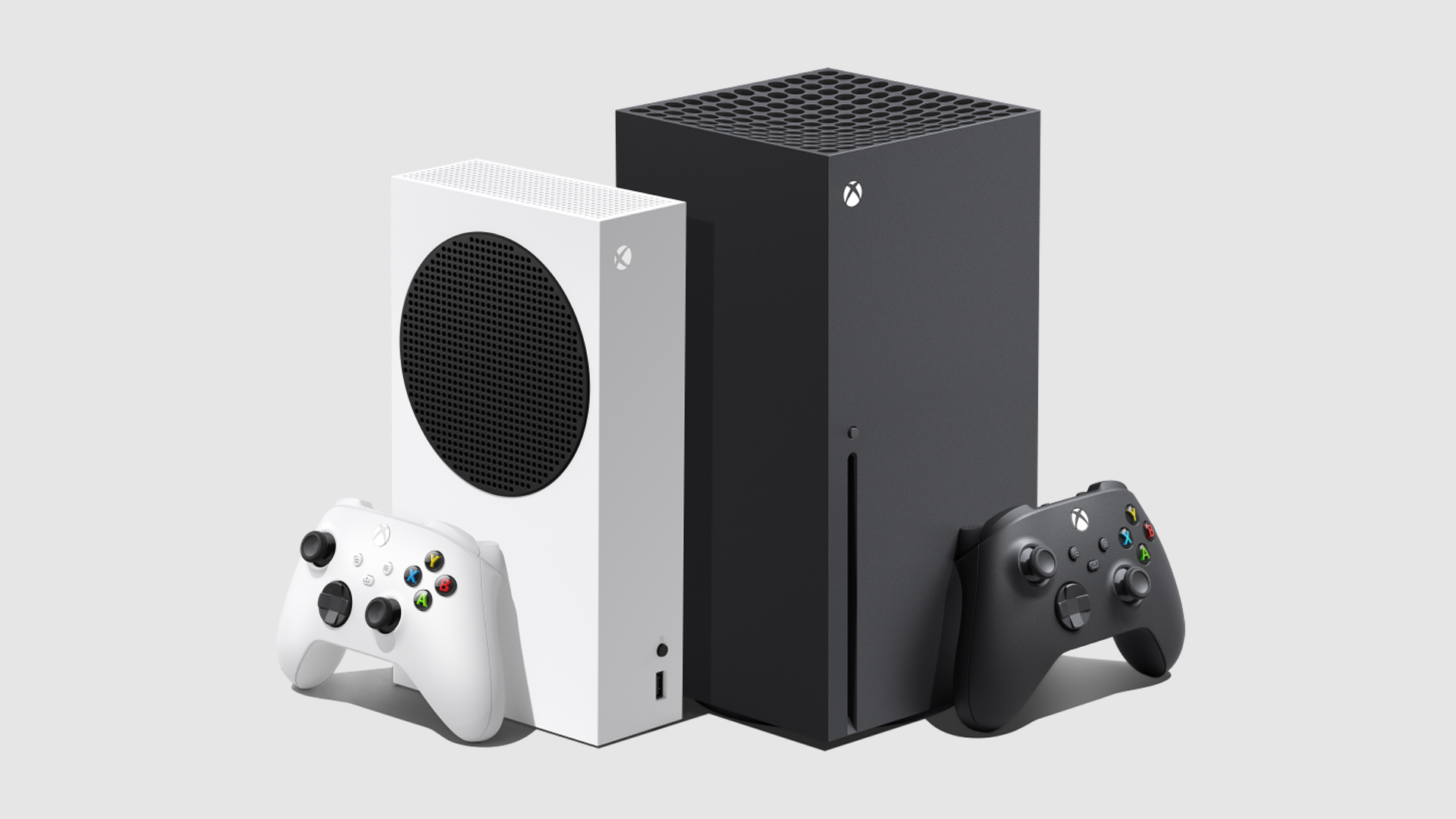Not everyone has the means to own multiple gaming platforms at once (which is honestly the leading contributor to the sales race commonly known as the “console wars“), so most of us end up having to make a pretty difficult choice between our next-gen console options. While the powerful PlayStation 5 and Xbox Series X are obviously the flagship next-gen devices at the moment, Microsoft’s Xbox Series S is quickly proving to be the company’s secret sales weapon.
A new report by GamesIndustry.biz shows that Nintendo Switch remains the most popular console in Europe, while the PlayStation 5 and Xbox Series X lag noticeably behind. However, that report also reveals that the Xbox Series X/S product line recently outsold the PS5 in Europe for the first time since those next-gen consoles were released. While that kind of swing in sales typically follows the release of a major new exclusive or some other drastic change in the marketplace, the explanation for Xbox’s seemingly sudden success is considerably simpler.
Simply put, more people in the market for a next-gen console are finding it significantly easier to buy an Xbox Series S at will while acquiring a Series X or PS5 remains a daunting process. When the COVID-19 pandemic began to affect…well, pretty much every aspect of life, the powerful chips that run the PlayStation 5 and Xbox Series X became much harder to manufacture and acquire. However, as industry insider Daniel Ahmad notes, the less powerful Xbox Series S strangely benefits from a different manufacturing process that makes it slightly easier to build and ship.
There is also the scalper factor to consider. Sure, many scalpers are snapping up Series S consoles, but they’ve typically prioritized the Series X and PlayStation 5 over the Series S. As we stated in our look at the Series S’ somewhat surprising Black Friday sales performance, the Series S has consistently been easier to find during even the most hectic shopping seasons. Granted, it seems likely that the console’s availability can partially be attributed to an initial disinterest in the product compared to its competition, but when you get right down to it, the Series S’ availability has proven to be one of its most marketable features. As Ahmad notes, it’s pretty hard to sell people on a console they can’t really buy in the first place.
Of course, it’s callous and dishonest to attribute the Series S’ success to everyone deciding to “settle” on a new console. There’s also the Game Pass factor to consider.
In January of this year, outlets such as Business Insider reported the Xbox Game Pass had amassed over 25 million monthly subscribers (a full 7 million more than January 2021’s reported subscriber numbers). It’s really becoming impossible to deny the growing appeal of Xbox Game Pass. For $10 a month ($15 for the plan that includes an Xbox Live Gold subscription), Game Pass subscribers have been able to access an ever-growing library of titles (including new releases). The optical drive-free Xbox Series S pairs surprisingly well with the Xbox Game Pass since gamers can download any title they want at any time (no discs necessary) and some games can even be played remotely via the cloud so they don’t take up the Series S’ limited SSD. Those same cloud gaming features even help close the performance gap between the Series X and S (even if the lineup of games that utilize those features is still somewhat small at the moment).
Interestingly, Microsoft’s strategy (and subsequent success) with the Xbox Series S is also strangely reminiscent of what we’re seeing with the PC gaming market. Like the Xbox Series X and S, gaming PCs come in a variety of price points that typically determine (among other things) their graphical power. Even though cheaper PCs can’t handle ray-traced graphics, virtually every modern gaming rig can play most games fairly smoothly. If one particular gaming PC is too expensive, you can usually find another one that fits your budget and comes pretty close to fulfilling your needs. The fact that it’s relatively easier to acquire a variety of viable gaming PCs at different price points has to be considered a big part of the reason why that industry continues to grow despite ongoing high-end GPU supply shortages. In a way, the Series S offers the console version of that “other” gaming PC that many people are finding suits their needs (at least for the moment).
Even though Sony’s 2021 earnings surpassed its competitors, these recent European sales figures strongly suggest that Xbox isn’t as far behind as some thought it might be at this point. Plus, Microsoft has sold over 100,000 Xbox Series X/S consoles in Japan, around half of which were Xbox Series S units. Granted, Sony pushed over 1.1 million PS5 units in their home country, but that’s still an impressive number considering that it took Microsoft four years to sell over 100,000 Xbox One consoles in Japan.
Across the board, it’s becoming clear that Microsoft and the Xbox team are slowly making headway and closing sales gaps. While it’s still far too early to start making bold predictions about how all of this will end, it is becoming clear that (through a combination of design decisions and circumstances) Microsoft was right to make the less powerful Xbox Series S their secondary console option. As hardware shortages continue, Game Pass continues to grow, and prospective next-gen console buyers start to get a little more impatient, we wouldn’t be surprised to see more people purchase Microsoft’s secret weapon and find themselves pleasantly surprised by how good of a console it actually is.
